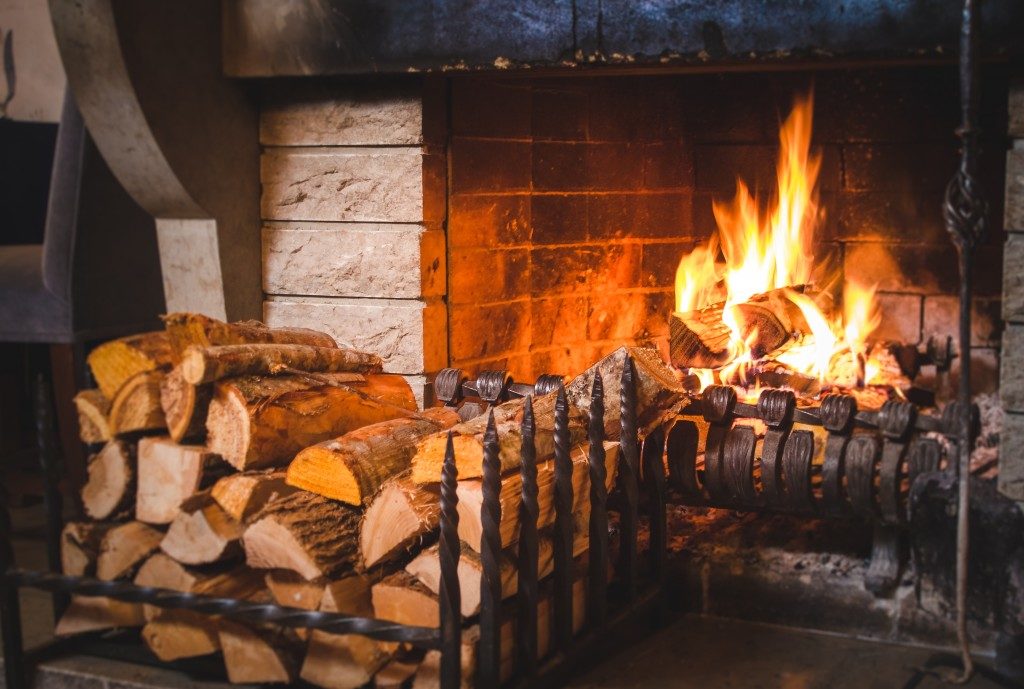 A traditional masonry fireplace is still a design statement in modern properties. It provides a cozy and inviting look to a room while offering a heating solution. Unfortunately, while it is high in aesthetic appeal, this fireplace will barely meet your heating needs since a large portion of generated heat is lost.
A traditional masonry fireplace is still a design statement in modern properties. It provides a cozy and inviting look to a room while offering a heating solution. Unfortunately, while it is high in aesthetic appeal, this fireplace will barely meet your heating needs since a large portion of generated heat is lost.
The ideal choice for aesthetic appeal and sufficient heating is to get a fireplace insert for your Salt Lake City property. The insert used is a closed-combustion box that you can install into your masonry fireplace. It has minimal heat loss, uses less fuel, and thus provides a higher efficiency compared to the traditional fireplace.
Here are your fireplace insert options.
Electric Inserts
These are the ideal choice for someone looking for a convenient fireplace insert. All you need to do is plug in your insert and flip a switch to get the fire burning. Electric inserts are flexible, do not need chimney ventilation and come in various sizes to generate the required heat for your indoor comfort.
Their heating power ranges from 4,000 to 5,000 BTUs. Most electric inserts come with a backup generator or battery to keep their fire burning even in a power blackout.
Gas Inserts
Powered by propane or natural gas, they generally connect to a propane tank or your property’s gas lines. Gas inserts have a high heating power at 25,000 to 48,000 BTUs with 76 percent to 85 percent heat efficiency. They come in two variants.
Vented gas insert models release their byproduct to the exteriors through your chimney. Ventless inserts, on the other hand, release their spent gases into your interiors. The biggest concern with gas fireplace inserts is a risk of carbon monoxide poisoning from leaks.
They, however, come with an oxygen detection system, which switches off the fire if the oxygen levels in your property fall below a certain level. This way, you have protection from carbon monoxide poisoning.
Wood Inserts
These are fueled by wood and wood byproducts such as sawdust and wood pellets. Wood inserts are ventilated through your property’s chimney and are hence attached by a connector that scales the full height of your fireplace.
They are somewhat a middle-ground for efficiency since they generate around 65,000 BTUs of heat per hour, but around 50 percent is lost during air circulation. Wood inserts have an authentic fireplace look and nowadays have a decreased smoke output.
You will, however, need to clean your chimney periodically to remove soot and creosote from it.
Coal Inserts
These inserts run on coal. They produce about 80,000 BTUs of heat, but most of this is lost in air circulation. Coal inserts are not very common owing to the high cost of coal and its impact on the environment and human health.
Installation of a fireplace insert is not as easy as placing one in your existing fireplace and firing it up. Different elements will need to proper installation before the operation of your insert. Getting an expert to install it is essential to avoid fires and ensure your insert works optimally.


